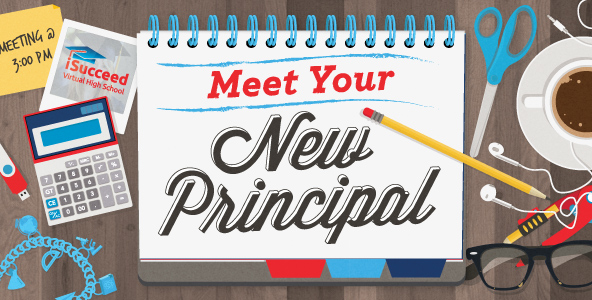Becoming a principal for the first time, or moving to a new school, is an exciting venture for any educator. Principals must do everything in their power to set themselves up for success. According to the 2012-13 principal staffing survey from the US Department of Education, over 20 percent of principals left their schools and over 70 percent of principals have less than five years at their current schools. In 2014, a School Leaders Network report found half of new principals leave by their third year. In 2012, RAND researchers found that when principals leave, the school underperforms the next year.
It is in the best interest of schools, teachers, parents, and student if principals stay at their school sites for more than three years at a time. Here are 5 things new principals (and principals that are new to their school) should never do their first year on the job in order to make it through their first three years.
- Make Sweeping Changes (Unless That’s What You Were Hired To Do)
I have found that the perfect tenure of a principal at a school site is five years. Principals should create a five-year plan based on the needs of the school. Large, comprehensive changes do not need to occur in the first year. Principals need time to learn the history of the school, get to know stakeholders, and work with them to map out the future together. Making too many large-scale changes up front will result in distrust and frustration from teachers and staff. Change needs to be a team effort, not an individual sport. Schools should never be defined by their principals. Too often, new principals make changes that are not needed or wanted in effort to put their own stamp on the school. This is a major flaw and will just result in more stagnation, conflict, and mediocrity.
- Devalue The School’s History
Schools go through cycles. There are periods are great advancement and triumph along with periods of frustration and stagnation. You can’t sum up the work of teachers, staff, and former administrators by taking a snapshot of the school on the first day on the job. Get to know staff members inside and outside the classroom. It is vital that new principals understand who they are, what they’ve been through, and how to best work with them to move forward. All schools have a pulse. Find it and get to know the rhythm. Conducting a comprehensive needs assessment will help change the discussion from opinion to fact and get all stakeholders involved.
- Move Teachers Around
One way to create friction right off the bat is to move a teacher’s assignment without need or want. As stated in the last section, it is vital that principals get to know teachers for at least a year before making any moves. New principals need to have teachers on their side, and not be locking horns from the moment they step foot onto campus. No teacher will welcome this change and will distrust future actions form the principal.
- Make Unrealistic Promises
Never over promise results. It is always best to under-promise and then over-deliver. Making unrealistic promises will just lead to disappointment from teachers, staff, parents, and students. Again, principals need to think of their tenure as five years. By promising to “fix” a school in the first year, new principals are just setting themselves up for failure.
- Draw Lines In The Sand
New principals need to be seen as being able to work with all different types of stakeholders. A new principal should never write off a stakeholder group or a faction of one in order to prove a point or to gain acceptance from another group. Drawing lines in the sand will only intensify friction at the school and grow distrust in at least one group.
Dr. David Franklin, CEO of The Principal’s Desk, is an experienced school administrator, education professor, curriculum designer, and presenter. Dr. Franklin has presented at national and international education conferences as is available for school and district professional development sessions. He can be reached at david@theprincipalsdesk.org or at http://www.principalsdesk.org.

Good advice Dave. As you said, the hardest assignment is when you are a assigned a “fixit” school. Another issue happens when the school loses enrollment. Combo classes and reassignments may be inevitable. Having a meeting with each teacher and getting to know them and listen to any concerns as well as what they value can help set a cooperative and respectful tone.
LikeLiked by 1 person
Thanks for sharing best practices.
LikeLiked by 1 person
These are very good suggestions for a new principal. One additional suggestion is to “manage while wandering around.” Get out of your office and visit classes and be in the halls between classes and before and after school. It is important for a principal to feel and to witness the pulse of the school!
LikeLiked by 1 person
So true! Focus on quick fixes in a school are ‘deadly’. I’m a principal for 18 years, and all five points are recognizable in the Dutch context too. Thanks for sharing.
LikeLiked by 1 person
Thank you for accepting me. This is so informative and really learmed many things from you posts . Hoping to augment my managerial and leadership skills through your sharings and experience as a principal. God bless everyone and keep it up.
LikeLike
I would like to join this group so informative
LikeLike